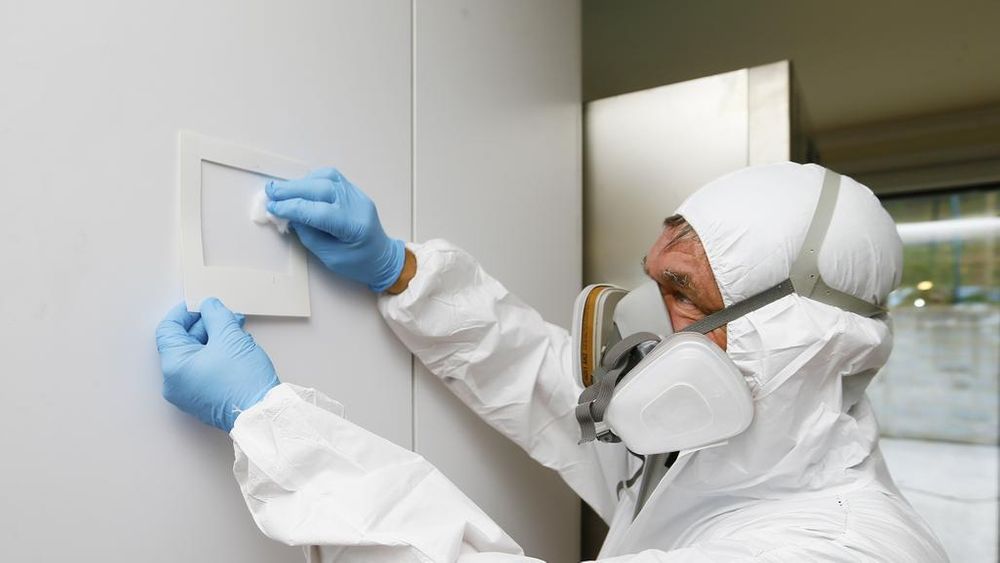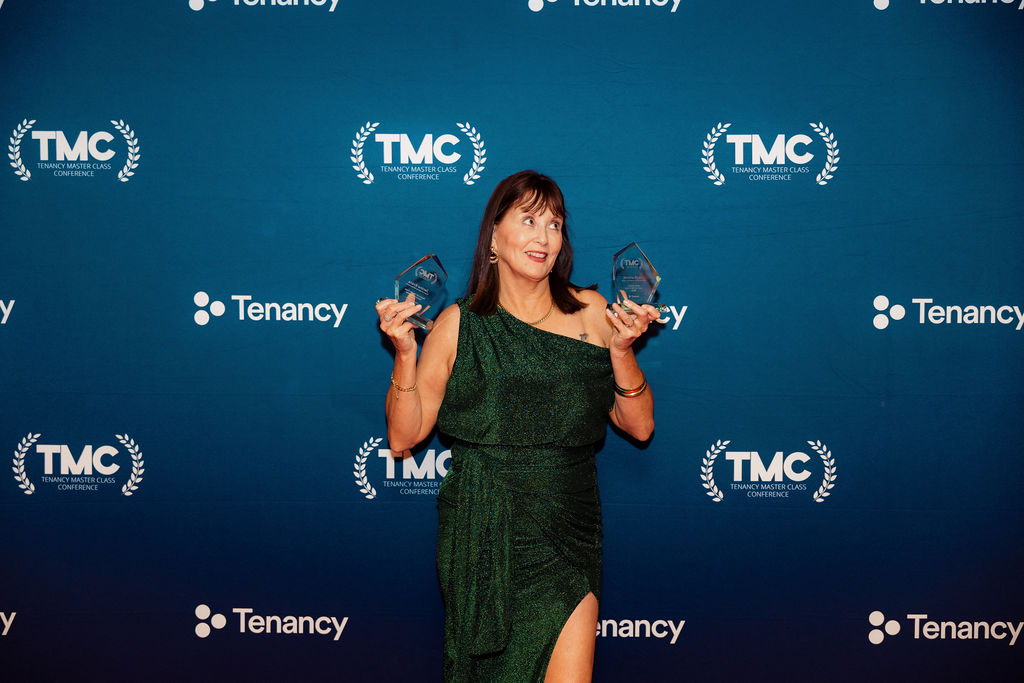
The Government has confirmed it will introduce new regulations setting out clear, science-based rules for managing methamphetamine residue in rental properties, a move aimed at ending years of uncertainty for both landlords and tenants.
Associate Housing Minister Tama Potaka said the lack of legislative clarity has long created confusion about what levels of meth residue actually pose a health risk.
“For too long, there’s been confusion and disproportionate responses to low levels of residue that evidence shows are unlikely to cause harm,” Potaka said.
Under the new framework, a rental property will be considered contaminated if methamphetamine residue exceeds 15 micrograms per 100 square centimetres. Properties above that level will need to be decontaminated until the residue is reduced to, or below, the threshold.
If residue levels exceed 30 micrograms per 100 square centimetre, landlords and tenants will have the option to end the tenancy. Landlords will also be required to use professional testers in specific cases where there is evidence of contamination.
Testing and cleanup will need to follow recognised scientific processes aligned with the New Zealand Standard 8510:2017, which sets out national guidance for testing and decontamination of methamphetamine-contaminated properties. The rules will also include provisions for handling abandoned goods in contaminated rentals, aiming to balance safety with fairness.
“We’re taking a safe, precautionary approach,” Potaka said. “These regulations are informed by expert advice from the New Zealand Institute for Public Health and Forensic Science and shaped by feedback from tenants, landlords, community housing providers, academics, and the testing and decontamination industry.”
The regulations are expected to take effect next year, providing what the Government says will be much-needed consistency and confidence in how meth contamination is identified and managed in the rental sector.
When the regulations take effect, Section 45B and 59B or the RTA will finally come into force after first being published as part of the 2019 RTA Amendments.
Section 45A will protect landlords from liability for providing uninhabitable premises if they have complied with contaminant regulations and are unaware of any contamination confirmed through prescribed testing methods.
Section 59B will allow either party to terminate a tenancy when prescribed testing confirms contamination above the legal maximum uninhabitable level (30 micrograms per 100 square centimetre).




